By reading this article, you will learn more about the SAR testing process and mobile SAR value of mobile phones & other mobile devices.
- Mobile SAR value – The basics
- What mobile radiation actually is?
- Why is it so important to test the mobile SAR value?
- Mobile SAR value – The testing equipment
- SAR testing process for mobile phones
- SAR testing for 5G devices
- What is required for SAR testing?
- Additional information
- References
Mobile SAR Value – The basics
In our everyday lives, we are surrounded by different types of electromagnetic radiation (e. g. light, microwaves, x-rays, or mobile phone transmissions). Therefore, all radio products need RF exposure assessment to make sure they are safe to use. This assessment can be done by RF exposure evaluation, EMF measurements, or SAR testing.
Specific Absorption Rate (SAR) measures the amount of RF energy absorbed by a human or animal body. SAR testing must be done on all wireless devices that have radiating parts closer than 20 cm to the human body or head.
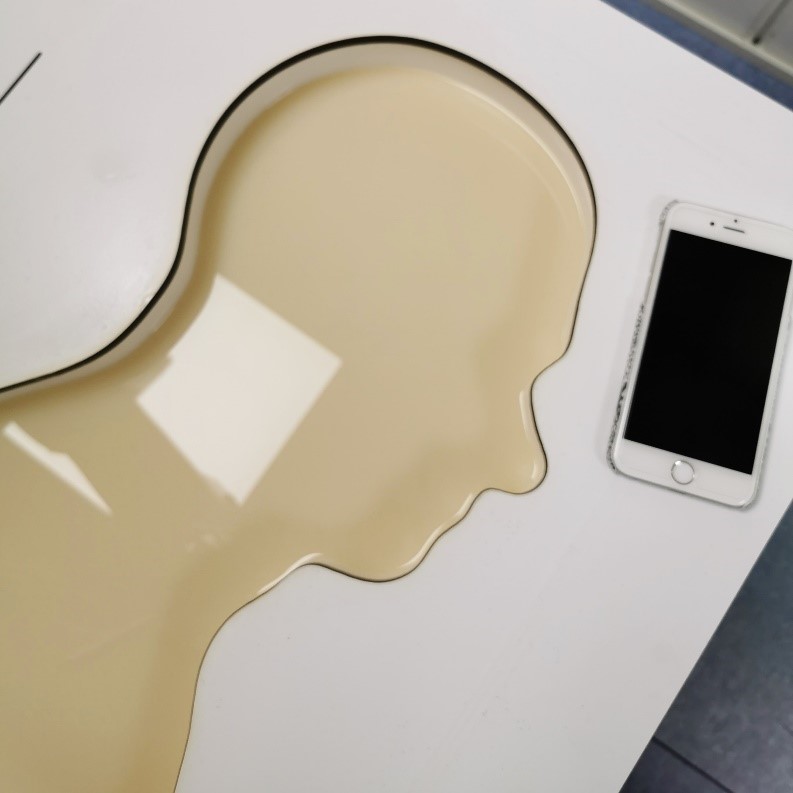
Devices with low power make an exception. In Europe, all devices with the power of 20 mW or higher, need their SAR value to be evaluated. In Canada and the USA, whether the device’s SAR value needs to be evaluated depends on the distance between the user and the device, the power and the frequency, in which the product radiates. A mobile phone is a radio transmitter and receiver and therefore also needs to be tested for SAR. Mobile SAR value varies from device to device. Exposure from a mobile phone is localized depending on where the phone is placed and the guidelines for mobile phones specify the maximum level of RF energy that can be absorbed by the head or body with a safety margin. SAR is expressed in units of watts per kilogram (W/kg).
What mobile radiation actually is?
The type of radiation emitted from mobile phones is electromagnetic radiation. Mobile phones produce electromagnetic radiation because they use radio frequency (RF) waves to make and receive calls. Mobile phones communicate by transmitting radio waves through a network of fixed antennas, which are called base stations. These radiofrequency waves cannot break chemical bonds and cannot cause ionization in the human body.
Electromagnetic radiation travels in waves and the length of these waves can be short or long. When we talk about mobile phones, the wavelengths are long (called radio waves). Radio waves can pass through walls while shorter wavelengths like visible light cannot. Also, radio waves have a low frequency.
To read more about how mobile phones work and how their connections are verified read our Cell Phone Waves – Why Testing Cell Phone Waves is Crucial? -article.
Ionizing or non-ionizing?
Mobile phones emit non-ionizing radiation. Radiation is classified as non-ionizing or ionizing. Non-ionizing radiation (e. g. radio and microwave energy) has a longer wavelength, frequency, and energy.
Energy absorbed from non-ionizing radiation speeds up the movement of atoms and molecules. For example, this movement is responsible for heating up the food in the microwave.
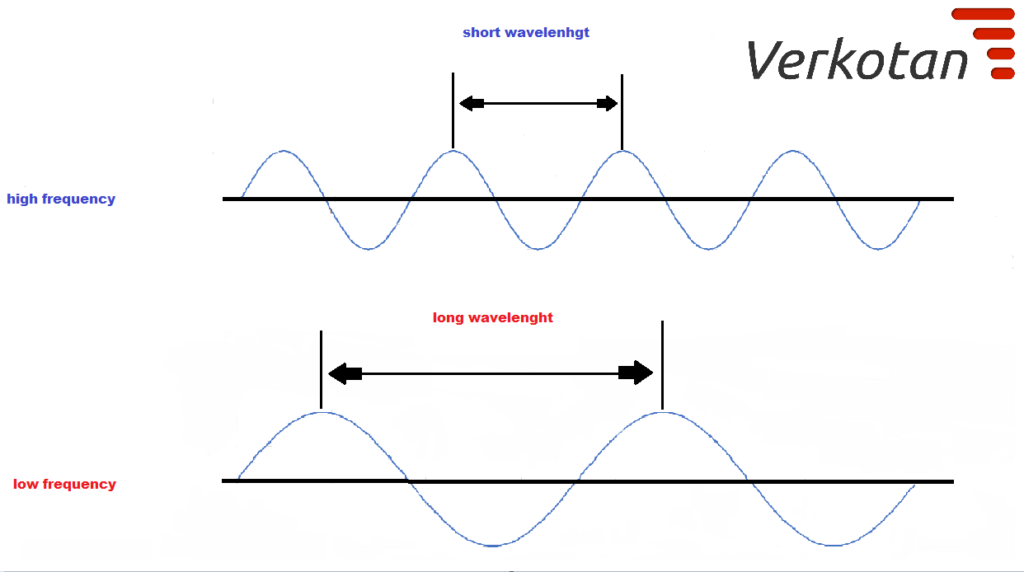
Ionizing radiation has a short wavelength, high frequency, and higher energy. Examples of ionizing radiation are x-ray and gamma-ray. Radiation measure process depends on where the radiation is measured from. Typically, measurements can be made from the air or body simulant.
How distance affects mobile SAR value
Mobile phones are low-powered radiofrequency transmitters and they operate at frequencies between 450 MHz and 6 GHz and their peak powers are from 0.1 to 2 watts. Mobile phone transmits power when it is turned on and the SAR value falls when increasing the distance to the user. For example, when using a mobile phone 30-40 cm away from the body (text messaging or using the internet), the exposure for radiofrequency will be lower than when holding the mobile phone against one’s head and body. Also, the number and length of the calls will reduce the exposure. SAR exposure values are averaged over a six-minute time period.
When mobile phone is used in areas where the reception is good, the exposure decreases as it allows the mobile phone to transmit at reduced power. Later in this article, we will go through how mobile SAR value is measured and what else the process includes.
Why is it so important to test the mobile SAR value?
SAR testing needs to be done to make sure that the product’s safety and compliance requirements are met. Different countries have introduced standards that limit the amount of RF exposure allowed from a variety of wireless devices. Avoiding natural and manmade sources of radiation is impossible. With SAR testing the amount of RF exposure from a mobile phone or any other wireless device can be measured. Also, SAR testing can be done in all stages during product development cycle. An early stage SAR testing allows manufacturer to control and modify product more easily.
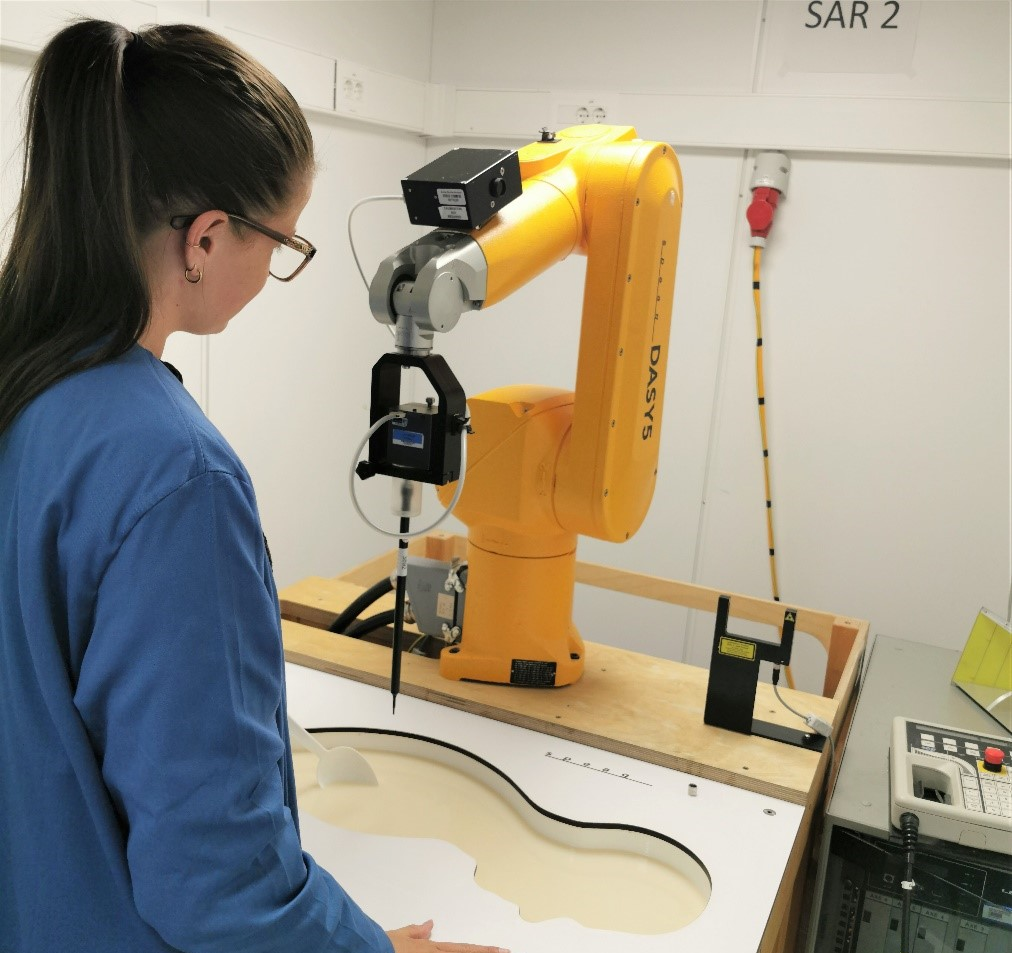
In some countries, the SAR test results must be displayed when the product is put up to sale. For example, in France this will be required from 1st of July onwards. Manufacturers and retailers need to demonstrate that the products they are providing, meet the SAR requirements stated by the country or market.
The SAR measurement standards usually require that the product manufacturers include the most severe and worst-case operating conditions during the tests for all the frequency bands, then passing the requirements means that the device will never exceed the maximum levels of consumer RF exposure. It is good to remember that this does not indicate the normal use of the device.
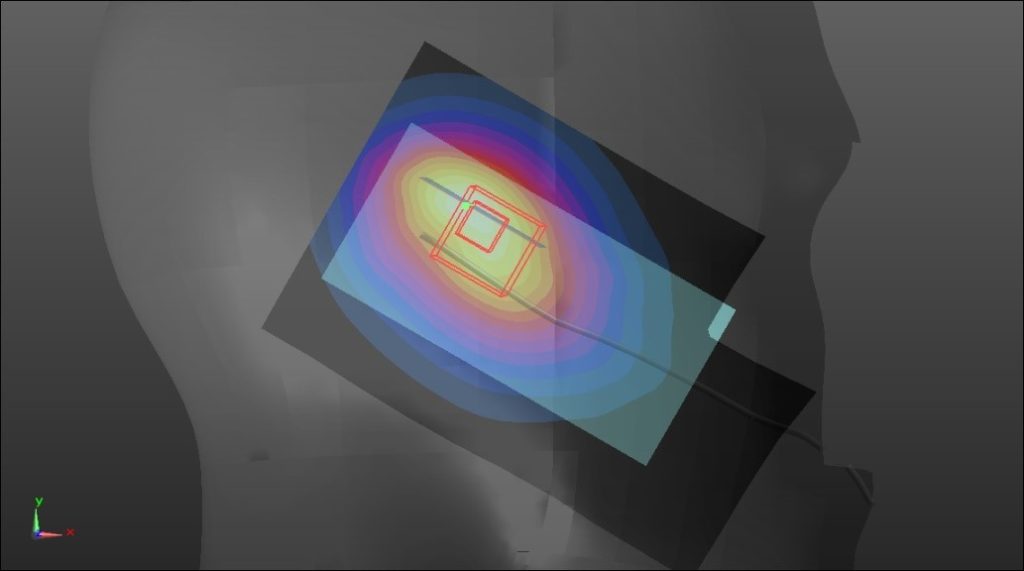
SAR exposure limits differ between countries
Exposure limits of SAR testing vary between different countries. Authorities such as the Federal Communications Commission (FCC), European Union (EU) and Innovation, Science and Economic Development Canada (ISED) have regulations for SAR testing and SAR limits. In the United States and Canada, the mobile phone must meet a SAR limit of 1.6 watts per kilogram, average measured from 1 g tissue volume. This means that to receive FCC or ISED certification and be sold in the markets, mobile phones maximum SAR level must not exceed this level. In the European Union, to receive CE certification, mobile phones maximum SAR limit is 2.0 W/kg average measured from 10 g tissue volume.
Different countries and different certifications require different reports. In general, in Canada, the requirements are the most precise. Canada’s requirements also include requirements from CE and FCC certification and has some of its own, this makes it a little bit more challenging.

Mobile SAR value – The testing equipment
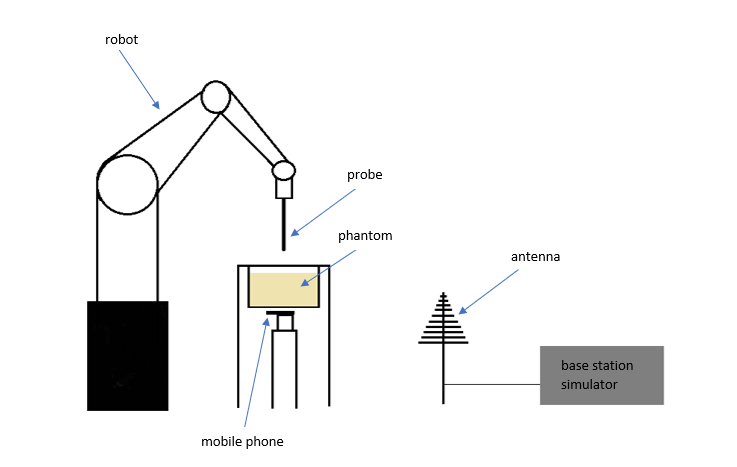
SAR testing equipment uses standardized models of the human head and body. These models are then filled with liquids that simulate the RF absorption characteristics of human tissue. Verkotan is providing these tissue simulating liquids as well.
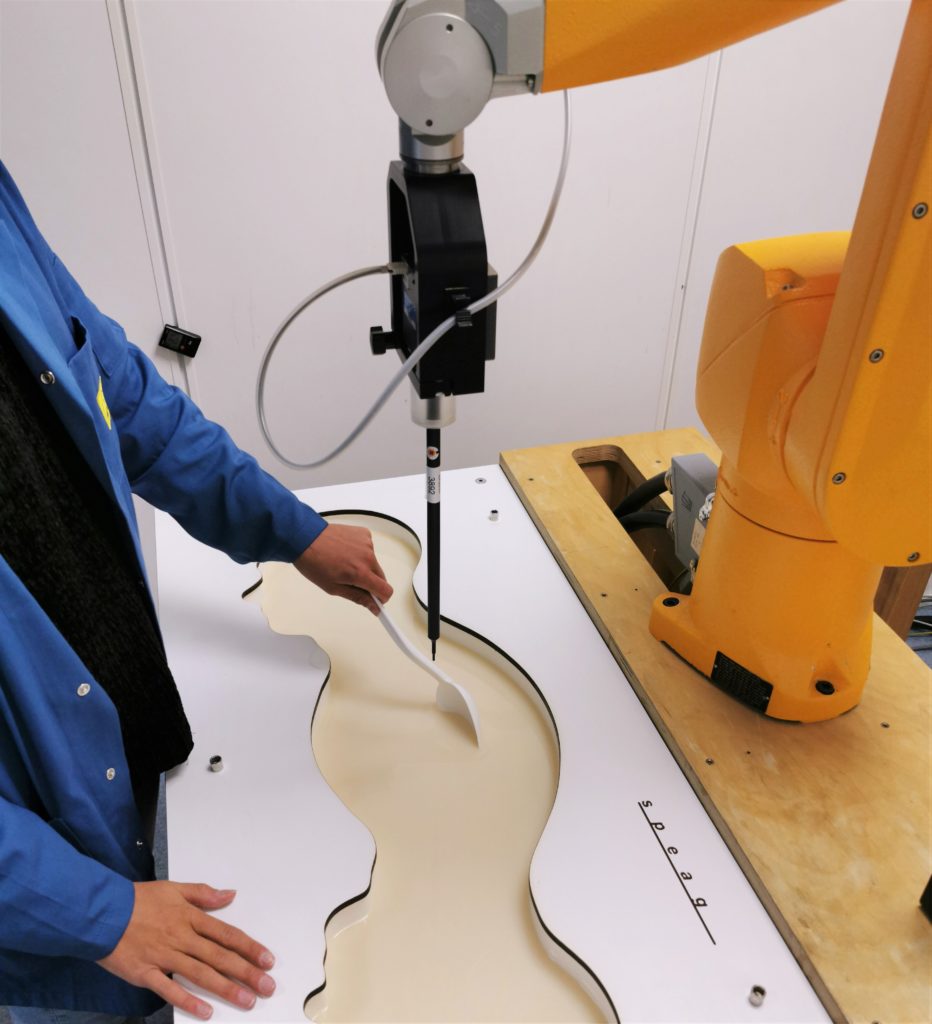
For the mobile SAR value evaluation process, Verkotan uses Dasy52 near field scanning system, manufactured by SPEAG. Also, the test system consists of a high precision robotics system (Staubli), robot controller, computer, near-field probe, probe alignment sensor, and a phantom containing the tissue-equivalent material.
Verkotan uses SAM Phantom, which has the left and right head section and the flat phantom section. This phantom conforms to all known tissue simulating liquids. Phantom simulates the electrical characteristics of the human head and body and the energy penetrating the phantom is monitored.
SAR testing process for mobile phones
1. The system check
Mobile phone SAR testing process begins with a system check that is made to verify the test system functionality. In a system check, a certain amount of power is applied to the dipole and the results are verified to be as they are supposed to be.
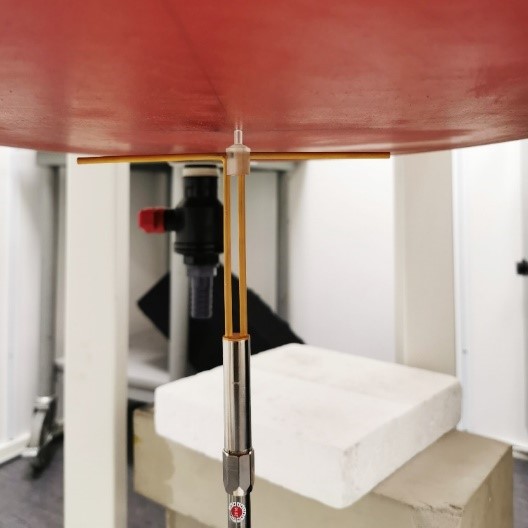
2. Conducted power measures
The next step is measuring the conducted power. This means that the real power going to the antenna is measured and then the measured SAR results can be scaled to correspond to the worst-case power, that the phone could ever transmit.
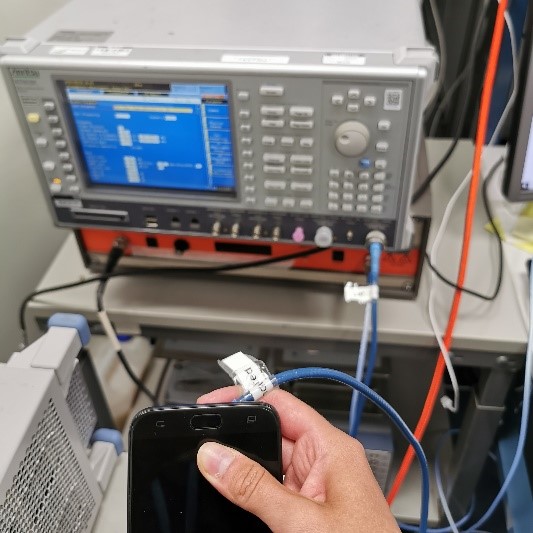
3. Evaluation process & measurements
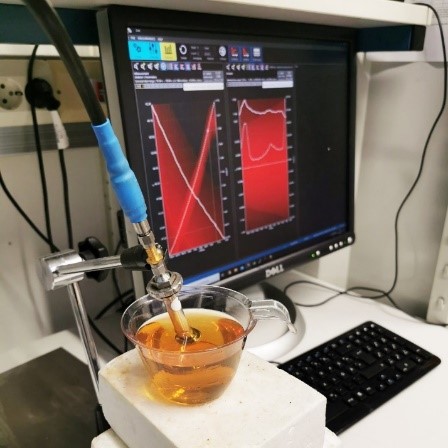
Then starts the mobile SAR value evaluation process and measurements. SAR is measured from the simulating liquid. It is important that dielectric properties of tissue-equivalent liquid are comparable to the brain or body tissue. Permittivity and conductivity need to be the same as in the brain or body tissue.
SAR measurement processes vary between countries because of different standards. At the same time, different frequency areas are used. 4G devices require more testing due to the complexity of the radio access technology compared to 2G and 3G. Also, SAR testing for 5G devices creates new challenges.
Products are tested while operating the product with its highest power levels in all frequency bands in which it operates, and the product is tested in various positions against the head or body to simulate how different users typically hold the device. When evaluating mobile SAR value, different positions for head and body needs to be tested. For example, a cheek position, where a mobile phone is placed under the phantom in the way that the middle part of the acoustic output touches the center of ear and cheek at the same time. Or tilt position, where the angle is increased by 15 degrees from the cheek position. These positions are tested for left and right sides of the head. Also, other positions are for example front side, back side, top side and bottom side of the device towards the phantom.
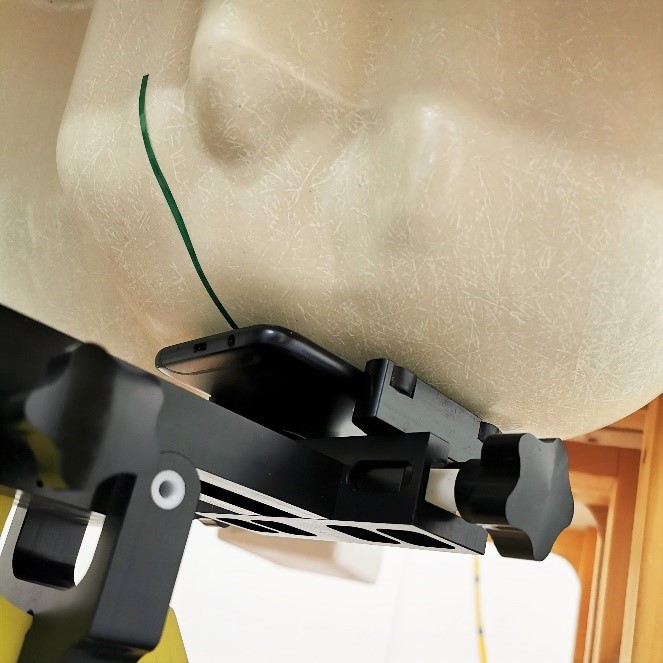
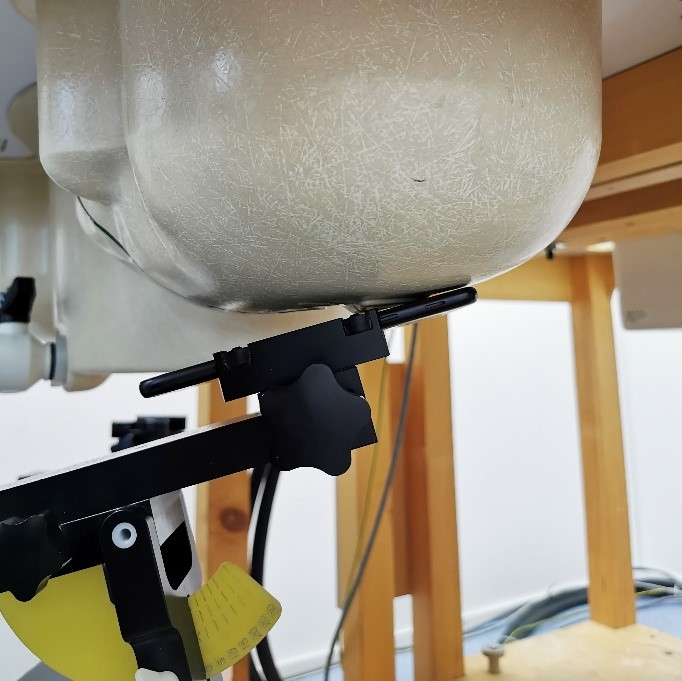
Because we hold the phone in the pockets, SAR body test measurements are required. A big portion of the measurements provided by Verkotan are body measurements. Body testing is typically done with a 5mm distance between mobile phones and phantom. Also, some countries for example France requires limb measurements, the maximum SAR limit for limb is 4.0 W/kg average measured from 10 g tissue volume.
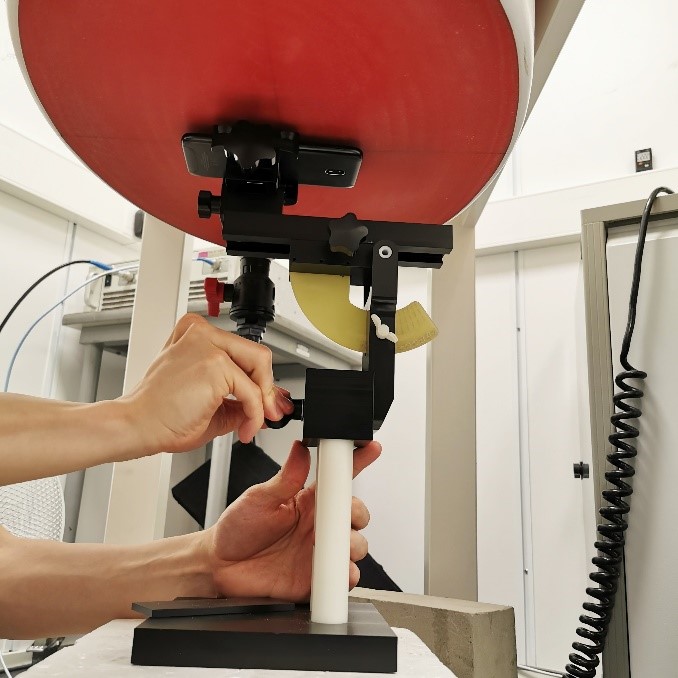
4. Exposure from multiple sources simultaneously
One interesting point is that if multiple radio signals are transmitted from one device at the same time, SAR measures of the signals are summed. This combined output still needs to meet the required SAR limit of 1.6-2.0W/kg.
The mobile phone uses a certain frequency bands that contain many frequencies where the mobile phone can communicate. International standards require SAR testing for the high, center, and low frequencies for the bands that the mobile phone works for. When SAR measurements are performed, the results are compared to the requirements. Finally, the test report is issued based on the measurements made.
5. SAR test report

The information included in the test report differs depending on the geographical location of the place where the product is to be sold. When the testing is done, Verkotan provides a test report. The test report includes:
- product information of the product under the measurement
- results of the system check and all other measurement results
- scaled SAR results
- conductivity and permittivity of used simulant
- uncertainty evaluation
- images of the measured product
- plots of measurements
- list of equipment used and their calibration data
The declaration of conformance is also provided in the test report. This means that the results pass requirements.
The whole process in a nutshell:
- System Checks are performed to verify the SAR test system functionality
- Measurements of antenna input power i.e. conducted power measurements
- Measurement of SAR in different positions at different frequency areas are performed, including body and head measurements
- Summation of exposure from multiple simultaneously transmitting radios and evaluation of the results
- The test report
Download the Example SAR Test Report
SAR testing for 5G devices
5G (5th generation mobile network)
Operators have started to deploy 5G networks and more devices, which support 5G, are entering the markets. 5G will provide faster download speeds, lower latency and improvements in capacity and efficiency over previous 4th generation mobile network (4G).
5G has two frequency ranges, FR1 (Sub-6 GHz) and FR2 (mmWave). FR1 operates at lower frequencies, 410 – 7125 MHz, providing much wider coverage area than FR2. FR2 operates at millimetre-wave frequencies, 24250 – 52600 MHz, providing even faster and larger capacity data transmissions than FR1. Its downside is shorter wavelength, which causes larger over-the-air signal attenuation.
5G also supports two modes, non-standalone (NSA) and standalone (SA). NSA mode requires 4G anchor besides 5G carrier to establish 5G connection, while SA mode only requires 5G carrier. NSA mode allows operators to deploy 5G networks earlier as in addition to 5G base stations it utilizes existing 4G core network and base stations.
5G devices often also support previous mobile network generations like 4G and 3G. This is useful especially for portable devices when the user moves away from 5G coverage area, the connection is handed over for 4G or other available cellular network technology to maintain the connection.
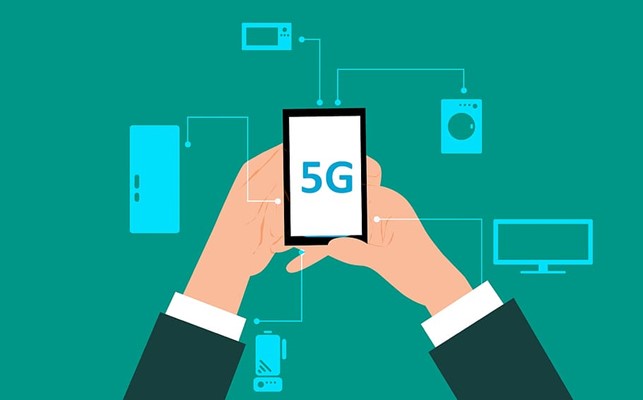
5G SAR
Base station simulators are used to connect the device under test to the 5G test network. 5G NSA mode requires both 5G and 4G base station simulators, while 5G SA mode requires only the 5G base station simulator. Devices can support 5G in addition to all previous generations of mobile networks, increasing the total amount of testing required. The required amount of SAR testing is higher especially for 5G NSA mode where both 4G and 5G carriers need to be measured separately and then the simultaneous transmission needs to be evaluated.
5G FR1
The output power of the 5G device needs to be measured to be able to scale the measured SAR results correspond to the maximum power. For 5G FR1 devices the conducted RF power measurements can be done the same way as for other wireless technologies operating below 6 GHz frequency, by adding a cable to the transmitting antenna connector. SAR testing can be done for 5G FR1 using the same SAR test system that is used for other wireless technologies.
5G FR2
Due to the millimetre-wave frequency and small size antenna elements in the antenna array, the conducted RF output power cannot be measured for 5G FR2. The output power needs to be measured over-the-air in anechoic chamber instead. Instead of SAR, power density measurements are done in air for 5G FR2 because of the millimetre-wave frequency. The measured results are then scaled to correspond to the maximum power the same way as for SAR.
What is required for SAR testing?
Have you designed a device that requires SAR testing? We have made a video about how to prepare for SAR testing. Watch the video, contact us, deliver the needed equipment to Verkotan, and we can start testing your device!
Additional information about mobile SAR value evaluation
In addition to mobile phones, other wireless devices also need SAR testing. It is surprising how many devices are used closer than 20cm to the human head or body and therefore need testing.
The test process itself is straight forward but what makes the process challenging is the number of different products in these days. Also, the process requires great knowledge and accuracy to be able to follow the standards. When you do not know the standards well, it is better to let the knowledgeable laboratory to take care of the measurements, and you can focus on what is most relevant.
References
- https://www.theseus.fi/bitstream/handle/10024/160959/Kinnunen_Ilari.pdf?sequence=2&isAllowed=y
- https://www.fcc.gov/general/radio-frequency-safety-0
- https://electronics.howstuffworks.com/cell-phone-radiation3.htm
- https://eur-lex.europa.eu/legal-content/EN/TXT/PDF/?uri=CELEX:32014L0053&from=EN
- https://www.fcc.gov/consumers/guides/specific-absorption-rate-sar-cell-phones-what-it-means-you
- https://apps.fcc.gov/kdb/GetAttachment.html?id=ARcyvK1h4uoKj8FLtKtPkQ%3D%3D&desc=248227%20D01%20802%2011%20Wi-Fi%20SAR%20v02r02&tracking_number=28238
- https://www.fcc.gov/5g-faqs
- https://www.anritsu.com/en-in/test-measurement/technologies/5g-everything-connected/5g-world-freq
- https://www.qualcomm.com/5g/what-is-5g
- https://dl.cdn-anritsu.com/en-us/test-measurement/files/Application-Notes/Application-Note/11410-01162A.pdf
- https://www.anritsu.com/en-in/test-measurement/technologies/5g-everything-connected/5g-world-freq
- https://www.qualcomm.com/news/onq/2019/08/19/key-breakthroughs-drive-fast-and-smooth-transition-5g-standalone
Remember to follow our social media channels to keep up with the latest news in the world of wireless technology!
Verkotan is always happy to provide more detailed information so if you have any questions, contact us!
